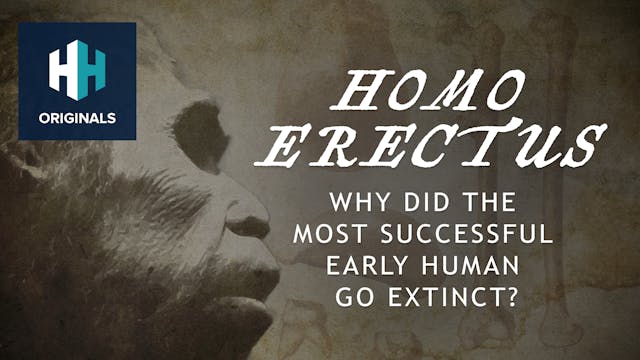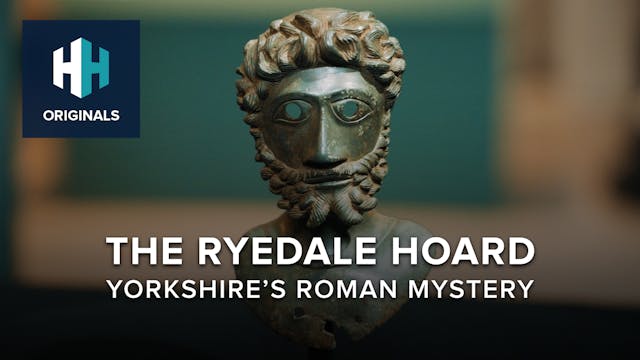In 60 AD, the fledgling Roman town of Colchester witnessed ancient Armageddon. Thousands of British warriors descended on the settlement, turning what was then the capital of Roman Britain to ash. At the head of these attackers was one of the most well-known figures in British history - the warrior woman Boudica. Her bloody assault on Colchester marked one of the first gruesome events of her revolt against the Romans.
For a long time, the Roman historian Tacitus was our main source for Boudica’s great burning of Colchester. But no longer. Beneath the ground level of the modern city, archaeologists have uncovered actual physical evidence of the burning. From a visible ash layer in the soil, to a great wealth of artefacts that have revealed more about the sheer brutality of Boudica’s onslaught and the tragic tales of innocent victims caught up in the carnage.
Tristan Hughes visits Colchester to investigate this incredible archaeology and to see whether it supports the surviving Roman account for Boudica’s bloody sacking of this settlement almost 2,000 years ago.
Up Next in Documentaries
-
Homo Erectus: Why did the Most Succes...
The Ancients host Tristan Hughes sits down with Professor John Mcnabb at the University of Southampton to discuss the extinct species of archaic human, Homo Erectus (aka the 'Upright Man') that existed about 2 million years ago.
Were these ancient ancestors the first to make stone tools? Were th...
-
The Origins Of Homo Sapiens
From where did humans originate? What did the earliest humans look like? Why did homo sapiens survive while other hominin species went extinct?
In this filmed episode of The Ancients podcast, we're on location at the Natural History Museum in London as Tristan Hughes delves into a huge topic; t...
-
The Ryedale Hoard: Yorkshire's Roman ...
History Hit's Tristan Hughes has special access to the Ryedale Hoard: A Roman Mystery exhibition at the Yorkshire Museum to speak to the people responsible for its discovery and investigate these incredible artefacts.
Featuring the remarkable 1,800 year old bust of the Emperor Marcus Aurelius, ...




28 Comments